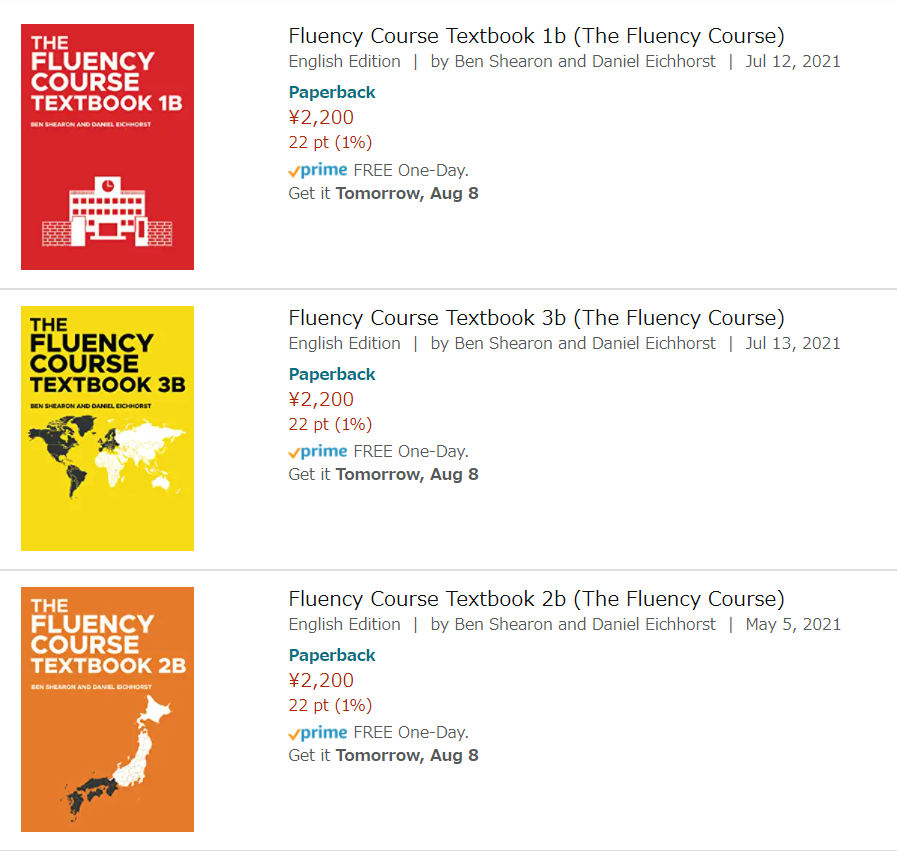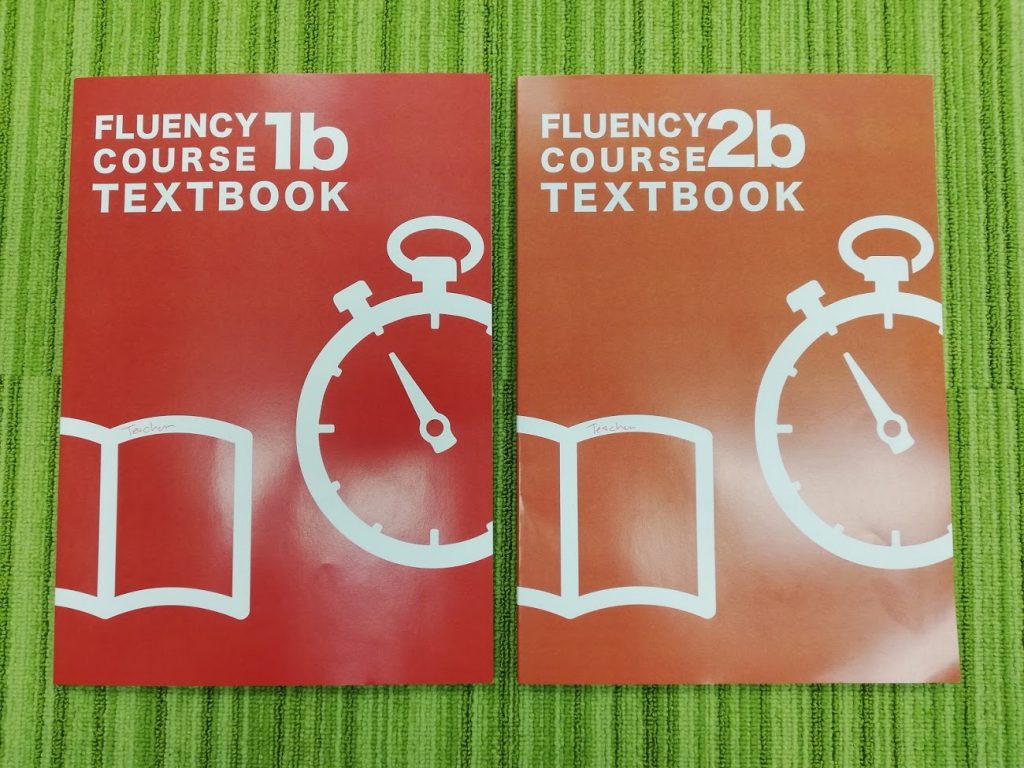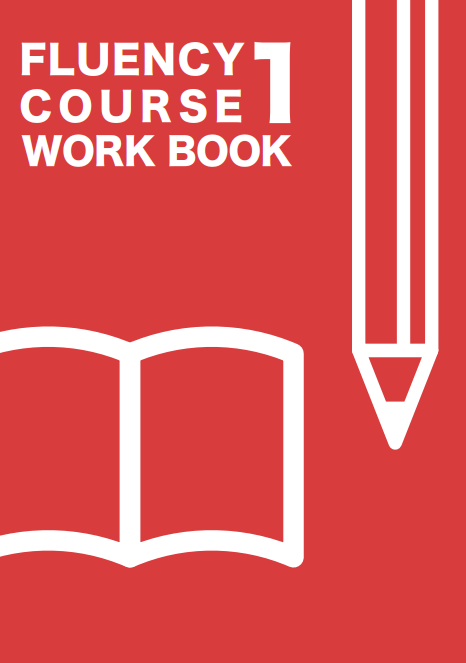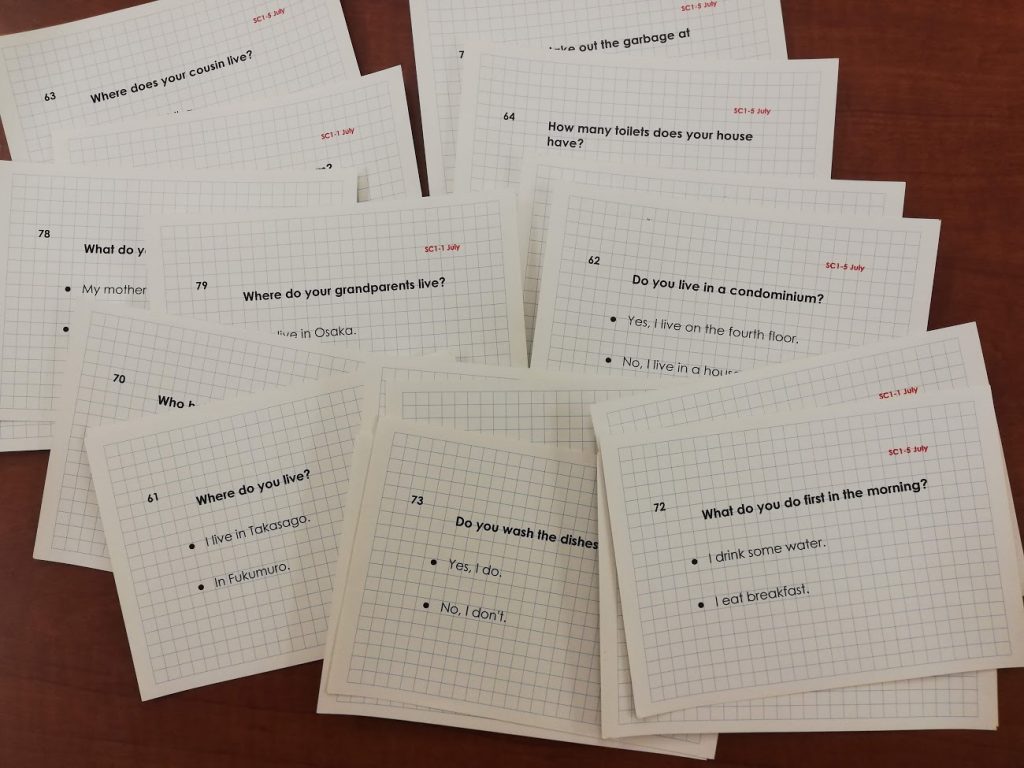Academy curriculum EFL eikaiwa JHS junior high school language courses materials publishing textbooks
by sendaiben
leave a comment
The Fluency Course 2022
Is finally available on Amazon

I can’t believe this day is finally here. After six(?) years of writing, testing, re-writing, and figuring out how to publish and sell it without driving ourselves and our staff crazy, the B versions of all our textbooks are now available on Amazon in their final form.
Incredibly, we’ve made a lot of improvements to this latest (final?) version. We added a dictation activity to the first year books, made a simple change to the second year writing practice that should make a big difference to student results, and transformed the third year textbook.
I think our current users are going to be very pleasantly surprised, and new ones will just think the books were this good from the beginning 😉
We use the B books from October with our students, so we’ll have all the free supplementary stuff up on the Fluency Course website before then.
We’re also hoping to have the final versions of the A books up on Amazon/our site by the end of the summer, at which point I’m going to take my writing partner for a nice meal and we’re going to take a week or so off.
Would be really grateful for any help you could give us with promoting the course, telling people about it, leaving Amazon reviews, etc.
Please let me know if you have any questions! For people buying the course for their students, I would be happy to jump on a Zoom call to answer your questions or run you through how we use the books.
curriculum junior high school language courses materials textbooks
by sendaiben
leave a comment
Fluency Course 2021 ed.
It has evolved again
I am once again here to explain how our materials are evolving without being able to provide a firm date you will be able to order them, prices, or any other useful information.
The good news is that the latest evolution has made them much more user-friendly and more commercially viable.
The bad news is that we are unlikely to have them ready for people to order before March.
As we discussed in September last year (September? Really? Feels like several years ago), we were able to consolidate the speaking cards into worksheets and thus remove a hugely time-consuming and expensive constraint. After using the worksheets for several months, I can happily say they are just as good as the index cards were, and much more user-friendly.
However, five textbooks per year, plus a bunch of extra things that would need to be downloaded/printed, was not ideal.
So now we have managed to consolidate the components even more, and will end up with the following for each level:
Fluency Course 1 (aimed at JHS 1st years or 2nd years)
Textbook 1a (units 1-24) 230 pages
Textbook 1b (units 25-48) 230 pages
Workbook 1 (units 1-48) 100 pages
All components are incorporated into the textbook now.
Fluency Course 2 (aimed at JHS 2nd years or 3rd years)
Textbook 2a (units 1-24) 200+ pages
Textbook 2b (units 25-48) 200+ pages
Workbook 2 (units 1-48) 100 pages
All components are incorporated into the textbook now.
Fluency Course 3 (aimed at JHS 3rd years or high school students)
Textbook 3a (units 1-24) 200+ pages
Textbook 3b (units 25-48) 200+ pages
All components are incorporated into the textbook now.
I know it has been a long wait, but the materials have definitely improved in the latest iteration so hopefully it will be worth it. There should be samples available this year, and some small orders may be possible.
Academy curriculum junior high school language courses textbooks
by sendaiben
leave a comment
Textbook 1b and 2b
One Step Closer

Just got the prototypes back from the printer. A few small typos, but good enough for now!
Academy curriculum junior high school language courses textbooks
by sendaiben
2 comments
Fluency Course Evolution IV

A huge hurdle, removed
The fluency course is chugging along, slowly getting closer to being a product we can sell.
I’m hoping to be able to offer preorders for next March/April soon in the new year. Stay tuned for more information.
We’ve had one enormous breakthrough, thanks in part to the pandemic. When we first created our course we put the questions on index cards. This had the advantage of being tactile, of allowing students to shuffle the question order, and of allowing students to share one set between them (so they have different questions to ask and answer).

This was fine for us, as we could print our own sets and they would last for a few years.
However, printing them for other people turned out to be almost impossible. I wasn’t able to find a commercial solution to printing 240 unique index cards for a reasonable amount of money. Printing them myself would have been hugely time-consuming just to sell them at cost (for the blank index cards and ink cost).
Fortunately(?), the pandemic meant that we didn’t really want students sharing our class sets of cards, so we stopped using them. Eventually we found a solution that a) solved the printing problem, b) solved the sharing problem, and c) actually turned out to be an improvement!
Instead of using the sets (we needed one set for every two students in the class) we created an A3 handout with the questions and answers on one side, space on the back to personalise answers, and a QR code link to a video. The video runs through the questions and answers and allows students to practice outside of class if they want/need to.

We’ve been using the question sheets for three months now (we added the QR code/video after the first month) and they’ve been working very well. In a way I like them better than the index cards, and they will make it much easier for people with larger classes to use our materials (instead of buying/printing/storing hundreds of sets of cards they just need to print one A3 sheet per student per month).
In the next update I should be able to show you our professionally printed textbooks. I can’t believe we are almost there. We started creating these materials in 2016!
Academy curriculum JHS junior high school language courses materials publishing textbooks
by sendaiben
leave a comment
Fluency Course Evolution

Kaizen, kaizen, kaizen
Another month, another evolution in the Fluency Course. We’ve been playing with professional printing and design, and in the course of that have figured out that we probably need to change some of the components of the Fluency Course.
We started out with monthly texts for the students, which worked well but were time-consuming to print and somewhat fiddly.
Then we moved to 4-month texts, which worked well as the content for years 1 and 2 levels up every four months.
However, once we take printing costs and possible end uses into account, it seems to make sense to split each year of the course into two 24-unit volumes.
Not only will this reduce the cost of printing considerably, it will also allow some schools to use a single volume with their students, working at a slower pace or maybe splitting each unit over two weeks.
They could also use 1A with first years and 1B with second years, for instance, or any other combination they like.
After this change, the components of the Fluency Course are as follows:
Fluency Course Level 1
Printed materials:
Text 1A -24 units, approximately 220 pages
Text 1B -24 units, approximately 220 pages
Workbook 1 -48 units, approximately 110 pages
Free downloads/printables:
Teacher manual
Quizlet files (48 units)
Audio files* (120 texts)
Student record sheets (12 monthly)
Student reference sheets (12 monthly)
Conversation cards (240 index cards -one set needed per 2 students)
*audio files not yet available
We should have some prototypes of the professionally printed materials by the end of this month. Exciting stuff!